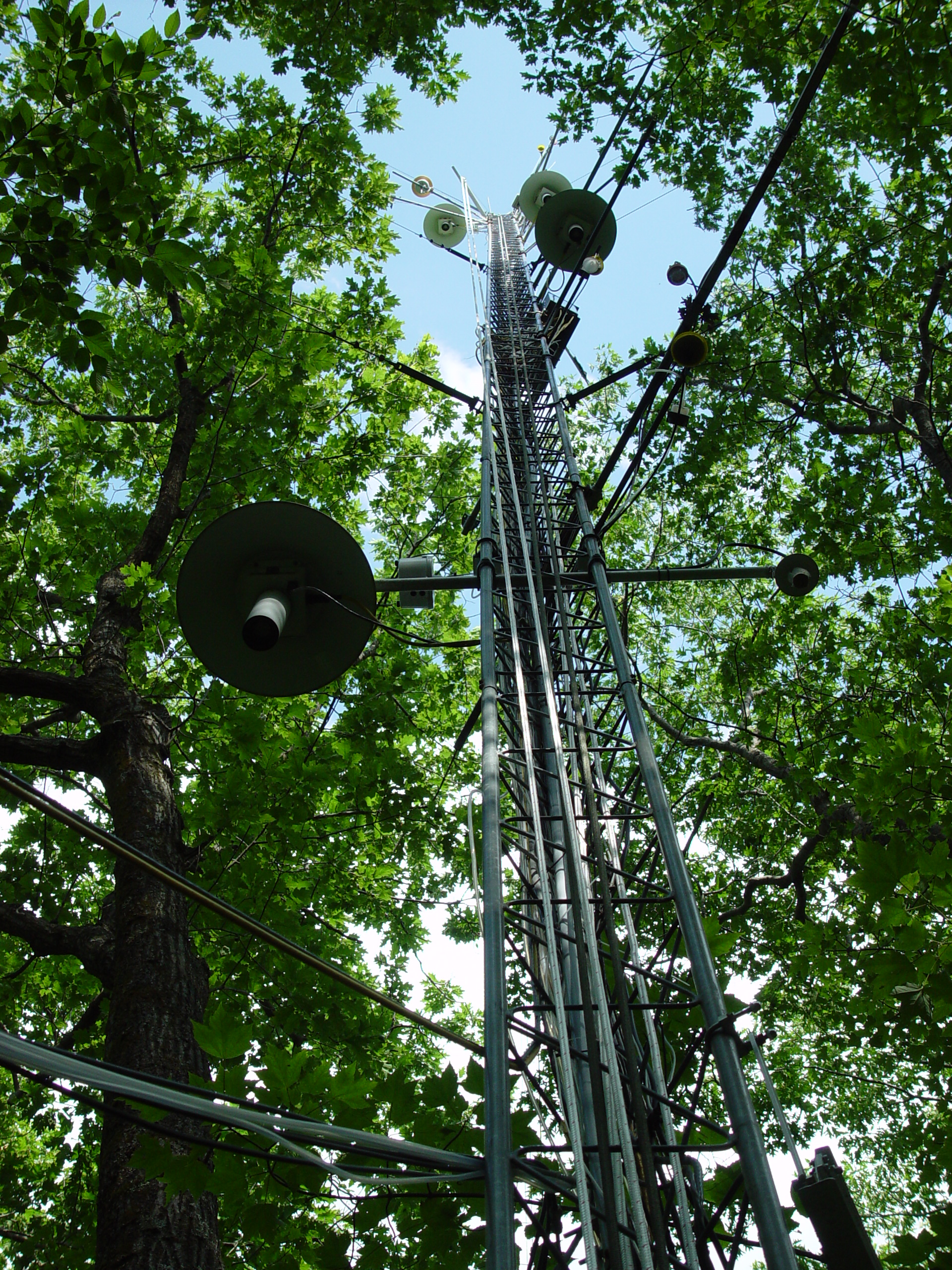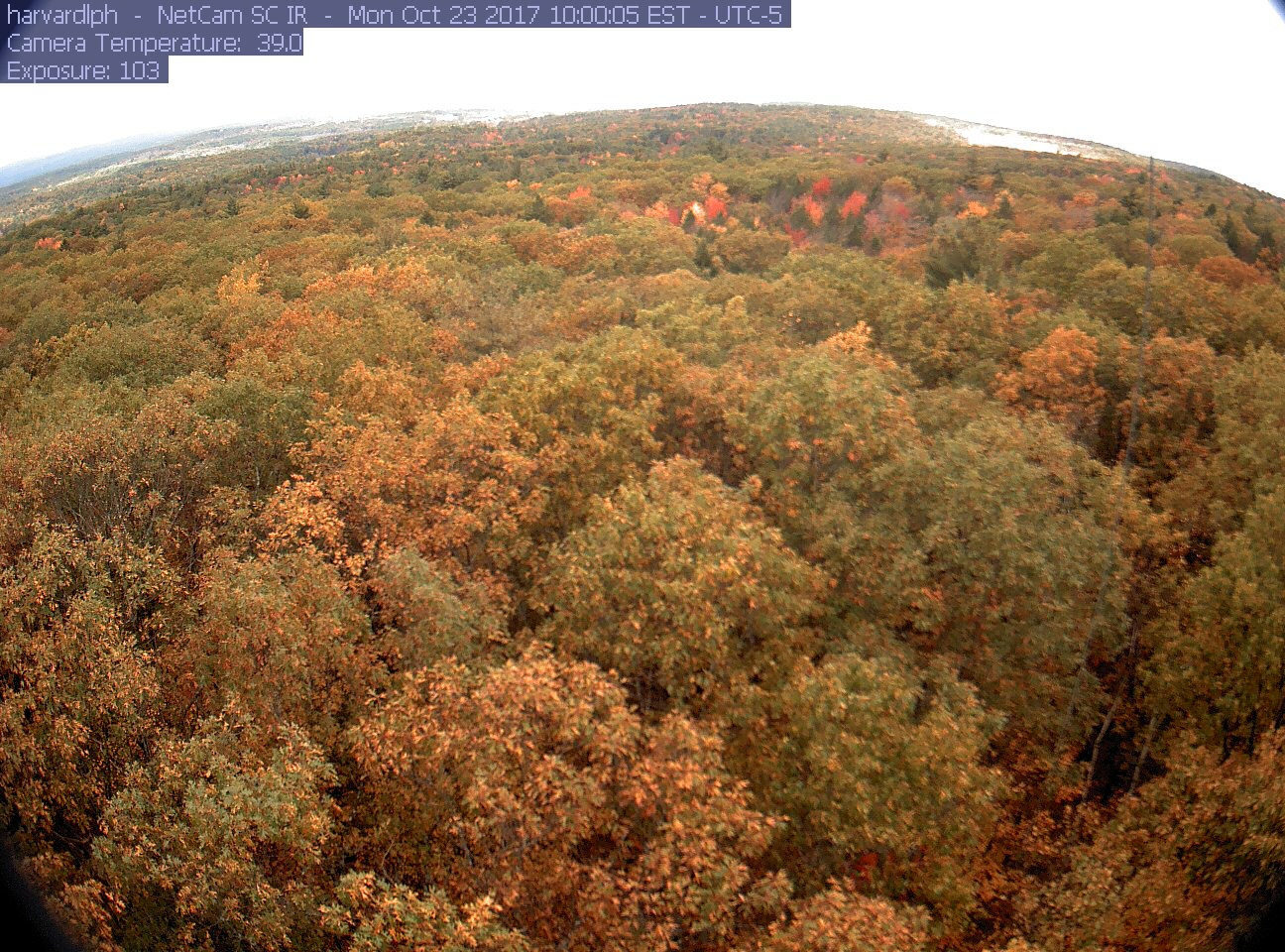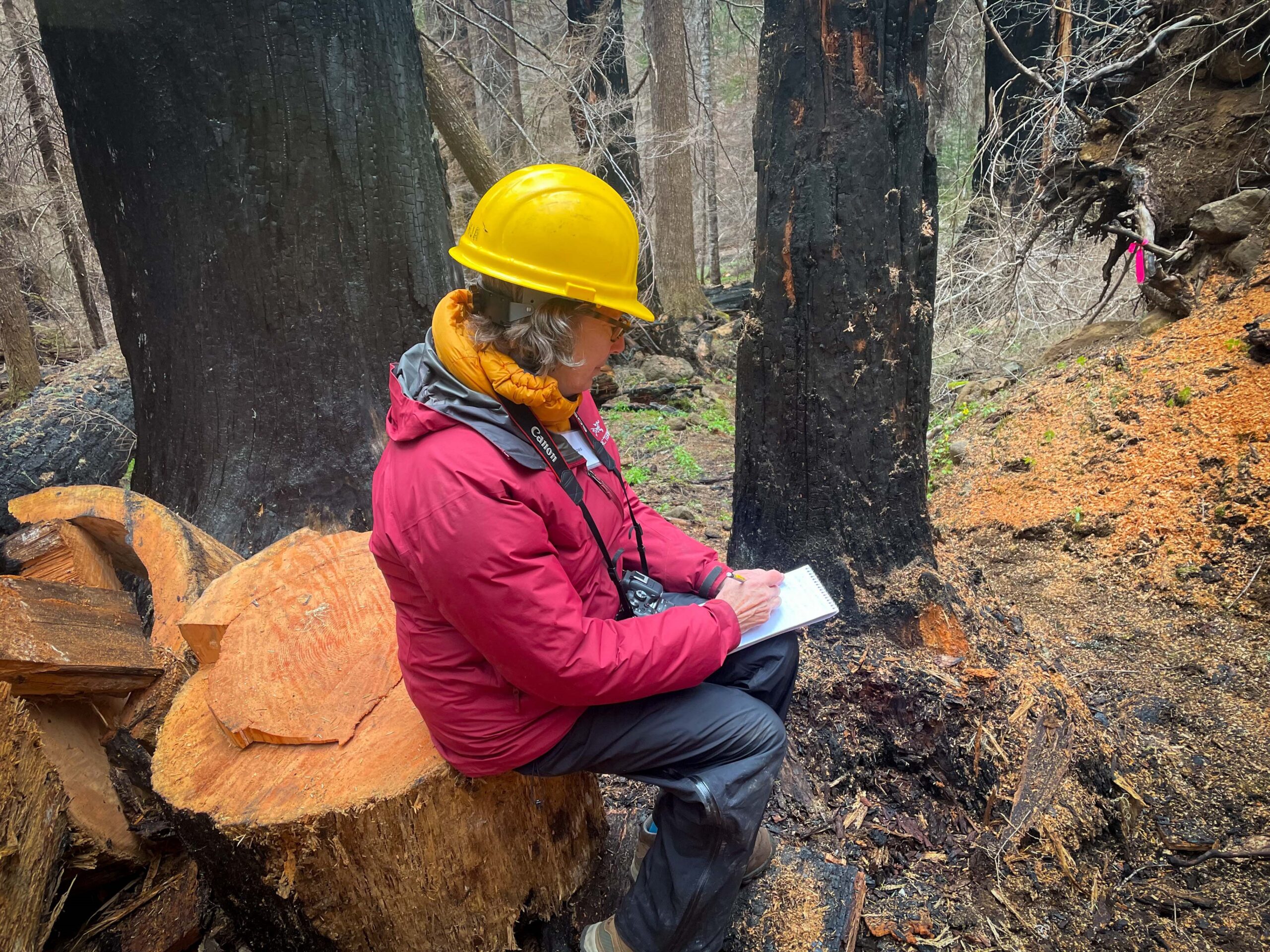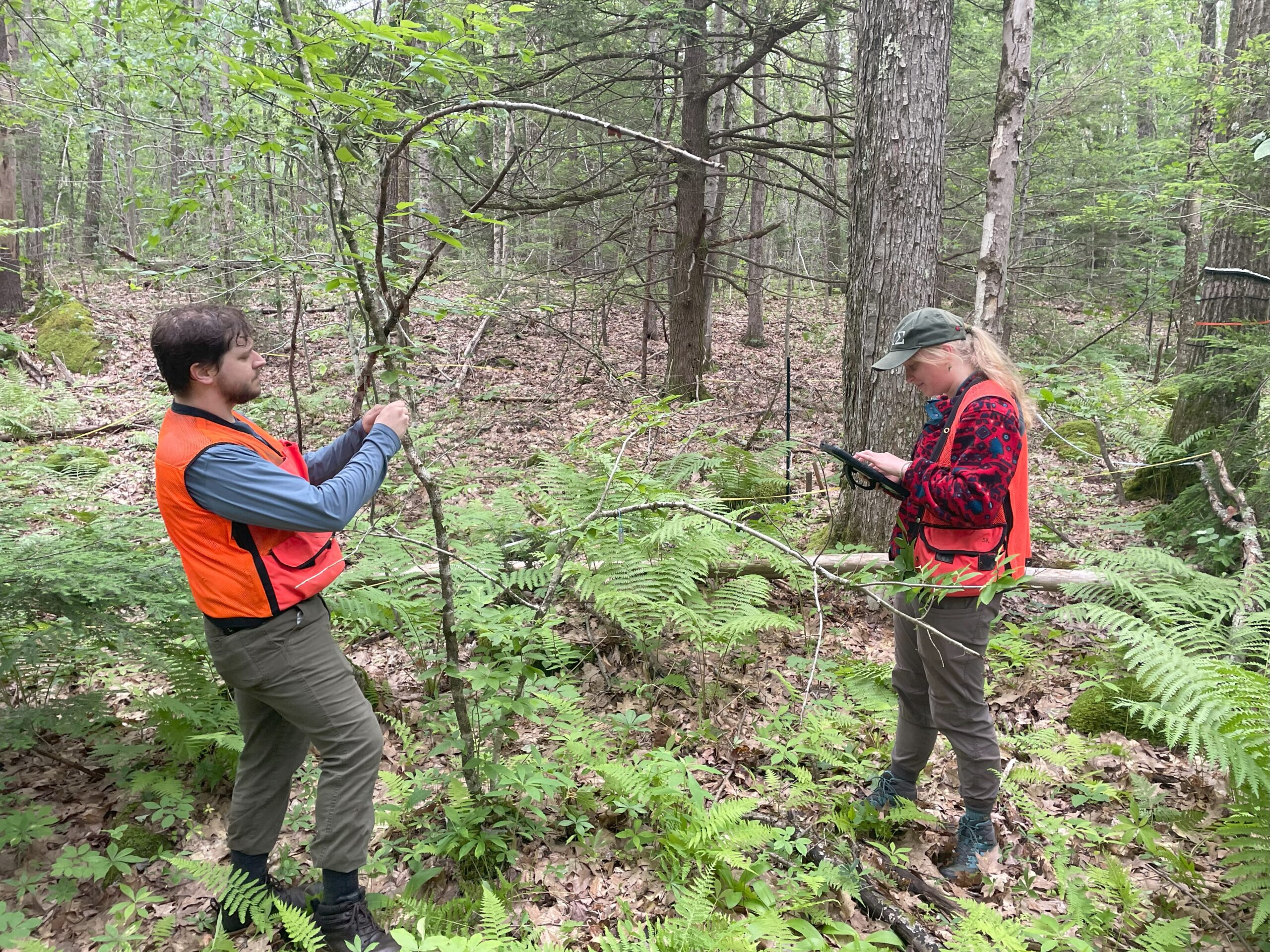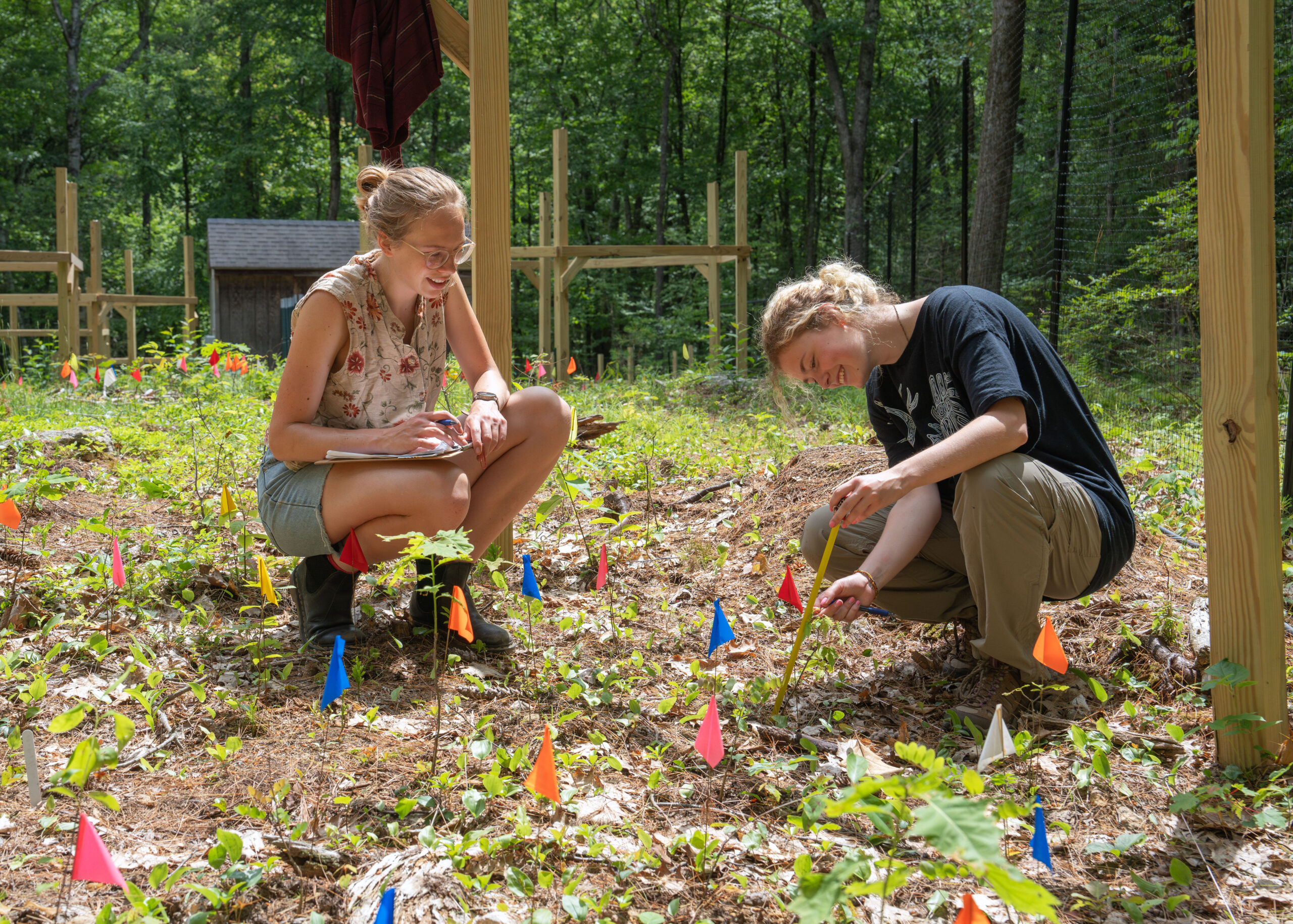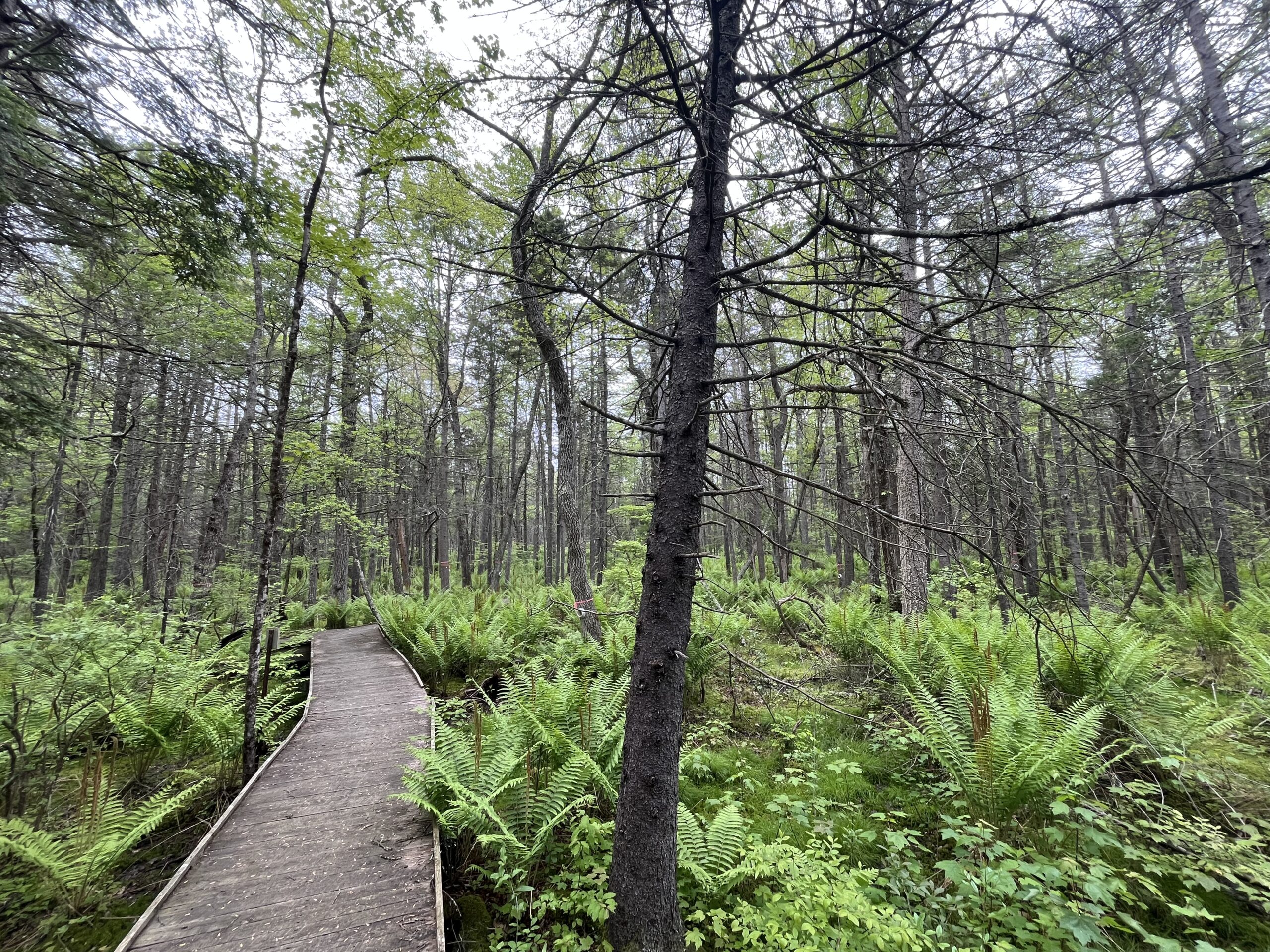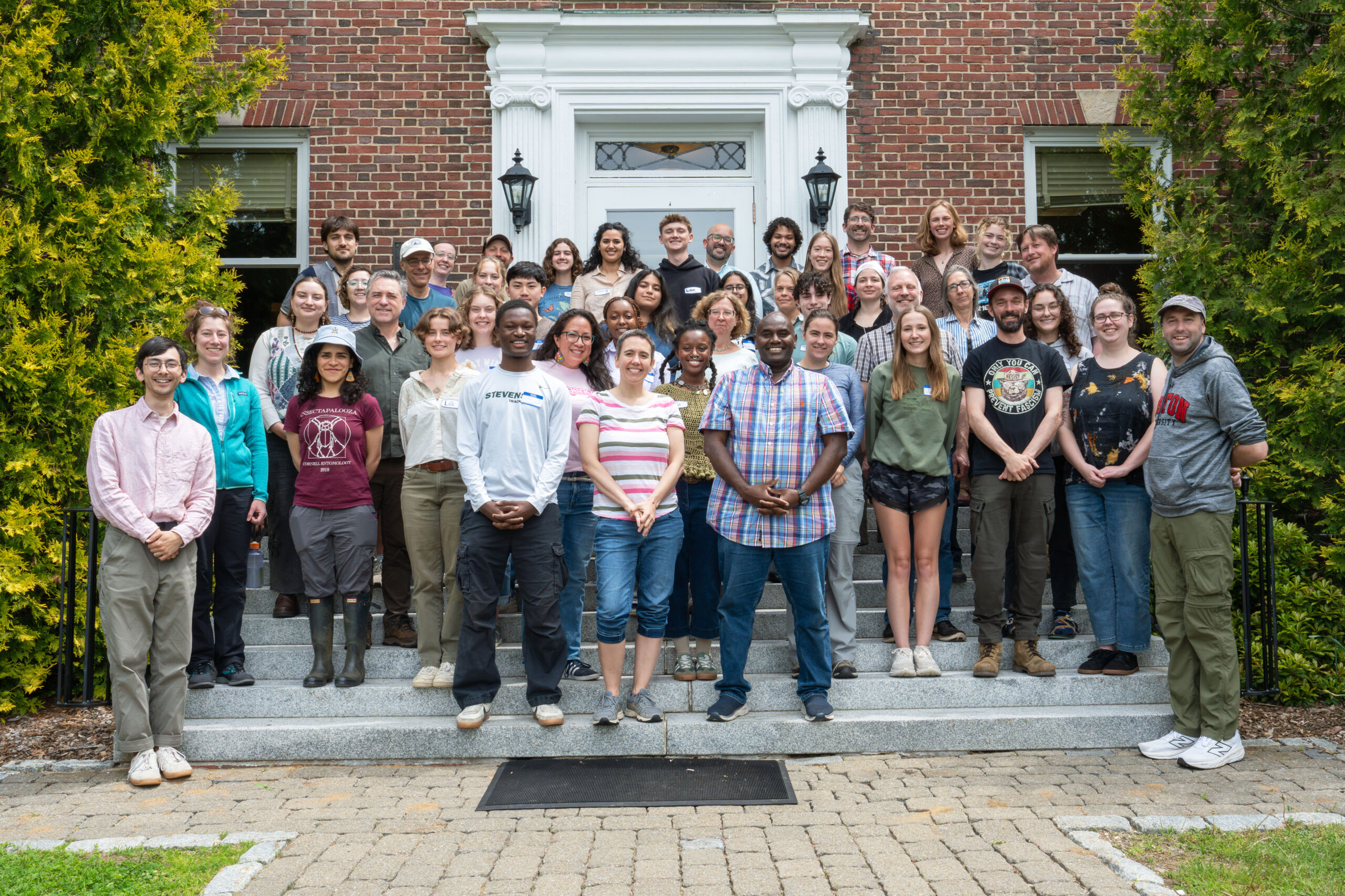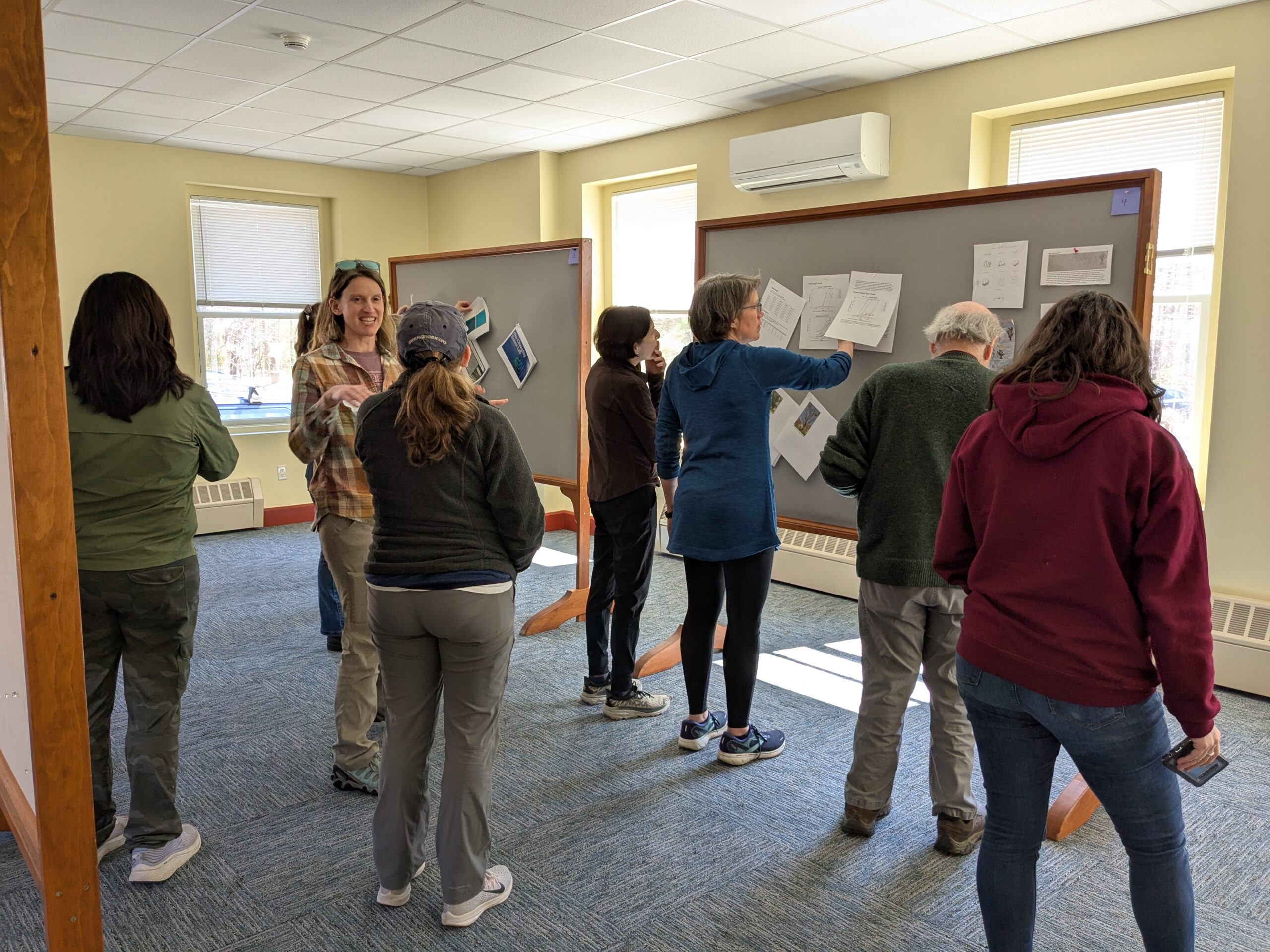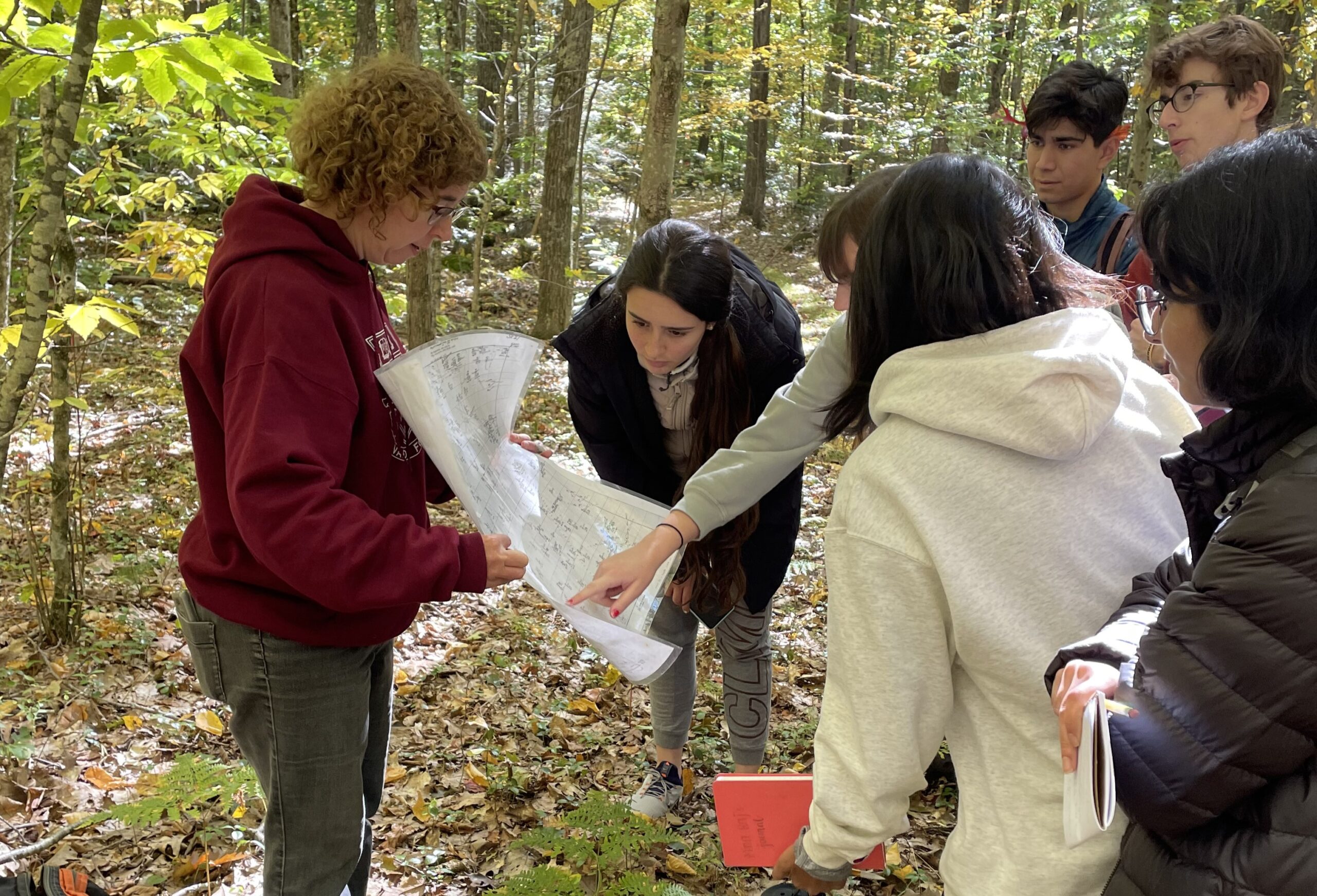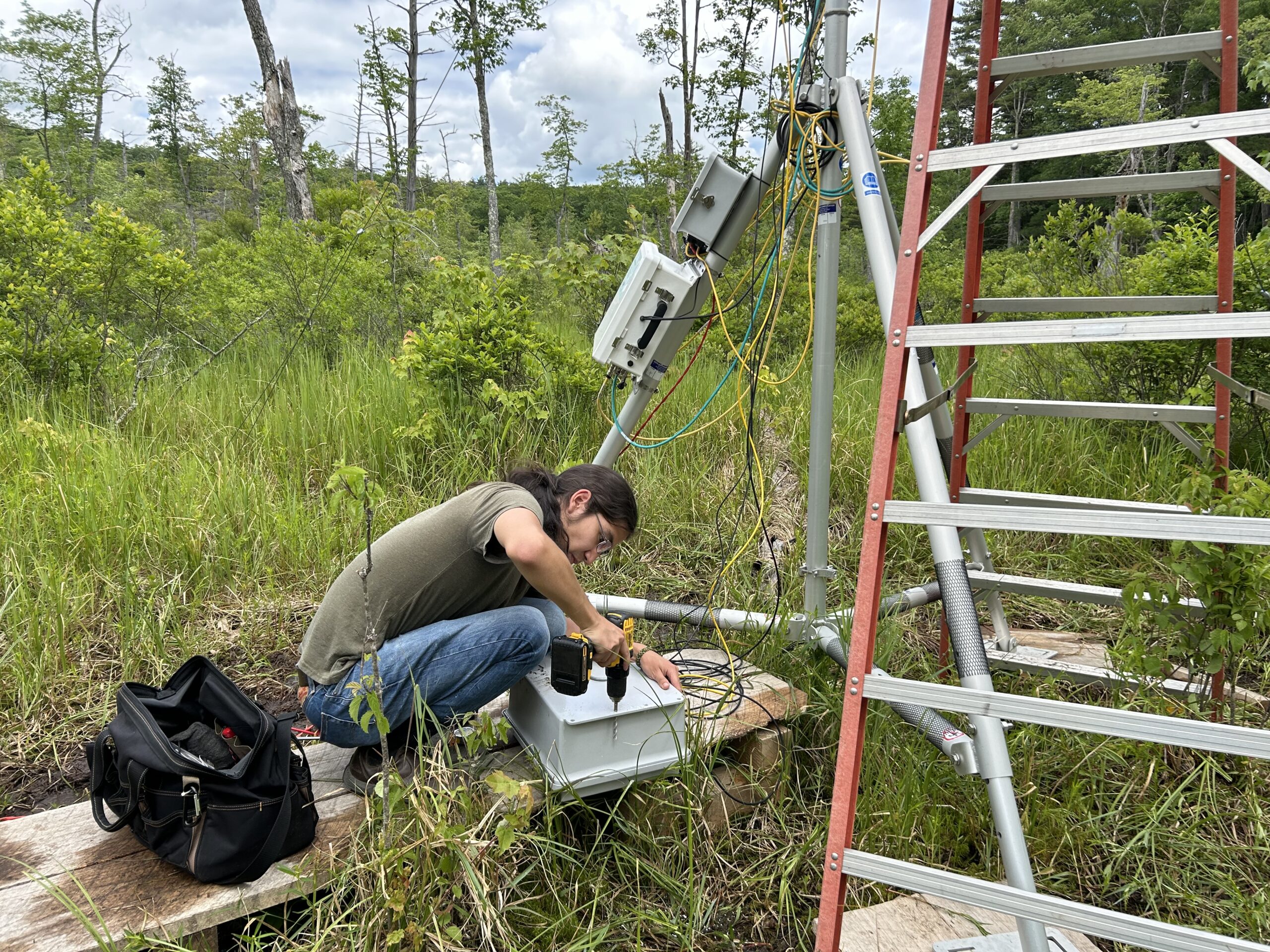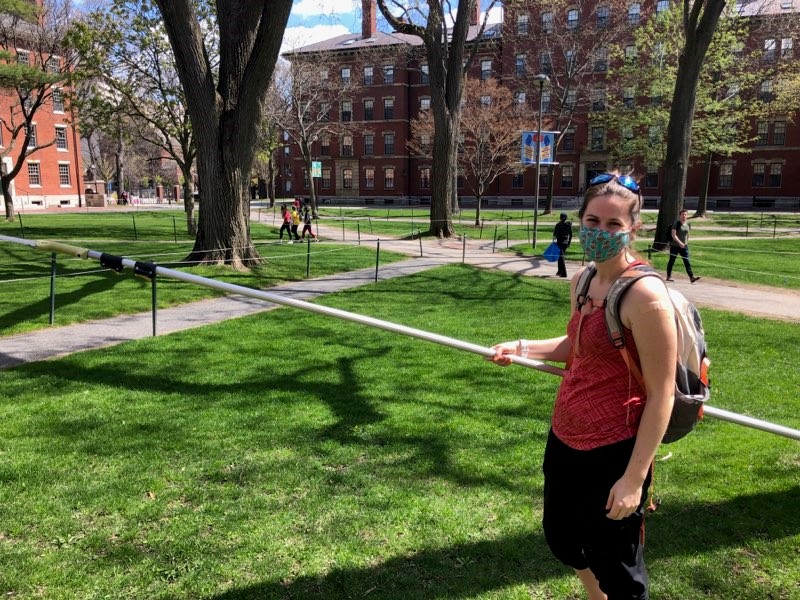
A new study led by researchers at Harvard University and published in PNAS reveals that urban trees are more sensitive to warming temperatures than previously understood — a finding that could change how scientists predict the effects of climate change on forests.
Many scientists study urban heat islands — places where cities are warmer than surrounding rural areas — as a way to understand how plants might respond to future warming. These side-by-side comparisons help researchers estimate how trees and other plants will behave as temperatures rise. But the new study shows that this method can give misleading results — especially when it doesn’t account for genetic differences between trees growing in different places.
The project began during the early days of the COVID-19 pandemic, when Sophie Webster, then an undergraduate at Harvard College had to leave campus and could no longer collect data herself. She passed her work to Meghan Blumstein, then a Ph.D. student in Harvard’s Department of Organismic and Evolutionary Biology, who was living in Lowell House as a resident tutor. With most research options shut down, Meghan followed a route Sophie had designed, walking along the Charles River in a mask and recording when local red oak trees began to leaf out.
“It was one of the few things we could do at the time,” Meghan recalls. She was even photographed collecting samples on the same day she received her first COVID vaccine.
The team obtained permission to monitor large red oaks in Harvard Yard, near the John Harvard statue, and partnered with scientists at the Harvard Forest, a research site roughly 60 miles west of Cambridge. Over the next three years, they collected data from both sites — tracking temperature, leaf-out timing, and the genetic profiles of the trees.

Typically, trees planted in urban settings are selected for certain traits, such as appearance or hardiness, which inadvertently influence a broad range of genetic factors. This second variable — genetic variation — makes it difficult to isolate the effect of temperature alone, weakening the comparison. So while the urban trees did share some genetic similarities with a subset of the rural trees, those at the rural site had a much greater range of genetic diversity and a wider spread in leaf-out timing.
The results showed that even when accounting for genetic background, trees in the study appeared to be more sensitive to changes in temperature than expected. This finding highlights a key limitation of space-for-time substitutions — although comparing warmer urban areas to cooler rural ones can offer useful insights, it may not always capture important biological differences like genetics that affect how trees respond to warming.
“This mismatch confirms what some remote sensing studies have hinted at — urban heat islands aren’t perfect stand-ins for global warming,” says Blumstein, now Assistant Professor of Environmental Sciences and Architecture at the University of Virginia.
The new results suggest that genetic differences — not just temperature — play a major role in how trees respond to their environment.

That has important implications for how scientists build climate models. In particular, the Intergovernmental Panel on Climate Change (IPCC) uses data from urban-to-rural temperature gradients to help predict how plants and ecosystems will respond to future warming. This study suggests that without accounting for genetics, those predictions might underestimate how sensitive forest trees really are.
The researchers emphasize that even though this study focused on red oaks, the findings likely apply to other temperate tree species as well. Because the timing of leaf-out is a critical point in climate models, even small errors in prediction could have large consequences.
Fortunately, the researchers suggest there is a way to improve these predictions. By including genomic data in future studies and models, scientists may be able to make more accurate forecasts about how forests will respond to climate change.
